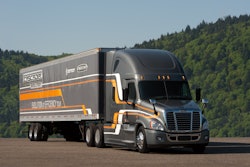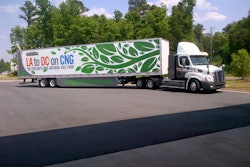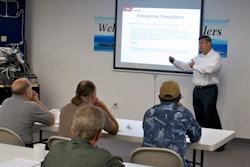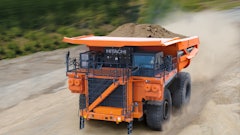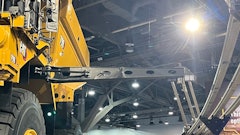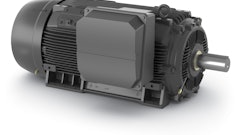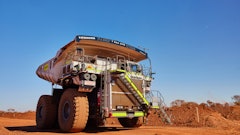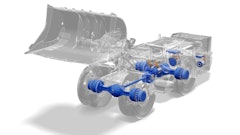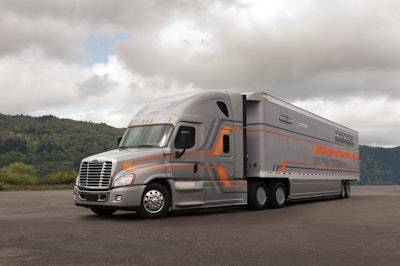
Freightliner Trucks announces that the new 2014 Cascadia Evolution powered only by the newly designed Detroit DD15 engine and featuring enhanced aerodynamic specs delivered an impressive 10.67 miles per gallon. The enhanced Cascadia Evolution was tested prior to accompanying the cross-country Evolution of Efficiency Tour.
The 2014 production model Cascadia Evolution already has some of the most advanced achievements in the industry designed to improve airflow and aerodynamics. The optimally spec’d Cascadia Evolution was equipped with fuel squeezing options, including the Detroit DT12 automated manual transmission with wide-base tires, a 6x2 drivetrain configuration, and Daimler-designed aerodynamic trailer enhancements which were included to represent the current state of trailer aerodynamics available in the aftermarket.
“The optimally spec’d Cascadia Evolution truly showcases the depth of our aerodynamic and powertrain solutions,” says TJ Reed, director of product marketing for Freightliner Trucks. “We are excited about what these significant fuel savings results can mean for our customers, and towards our overall objective of lowering cost of operation and improving our customers’ bottom lines.”
The optimally spec’d Cascadia Evolution was tested at the Continental Proving Grounds in Uvalde, TX. There, the truck traveled the 8.5 mile closed-course track for 1,000 miles nonstop at an average speed of 60 mph, with a GCW of 76,000 lbs. Fuel consumption and distance traveled were measured at the end of the demonstration by Automotive Testing and Development Services (ATDS), an independent, third-party auditor using high-accuracy fuel flow meters.
“The closed-track demonstration enabled us to eliminate interfering elements of a typical on-highway fuel economy test such as traffic, construction and speed variations,” says Al Pearson, chief engineer, Product Validation Engineering for Daimler Trucks North America. “The use of a closed test track allows us to demonstrate pure fuel economy potential with ambient weather conditions being the only uncontrollable factor.”
On the Evolution of Efficiency cross-country tour, which ran 2,400 miles from San Diego, CA, to Gastonia, NC, the optimally spec’d Cascadia Evolution achieved 9.31 miles per gallon and was operated at a GCW of 76,000 lbs. at a cruise speed of 62 miles per hour. Fuel consumption and distance traveled were again documented by ATDS.
“DTNA allocates a major part of our engineering research, design and testing resources solely to fuel economy improvement projects. We conduct all of our final fuel economy validations of new product features using enhanced, over-the-road testing to better predict what our customers will experience,” says Pearson. “The coupling of this with closed-track testing helps us understand the maximum range of benefits a package will provide. The Evolution of Efficiency Tour and accompanying closed track demonstration are a great example of our rigorous approach to fuel economy validation.”




